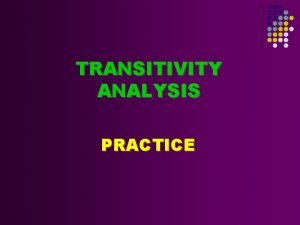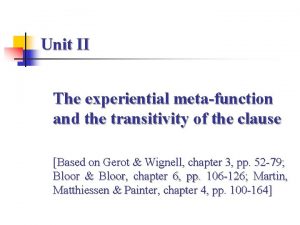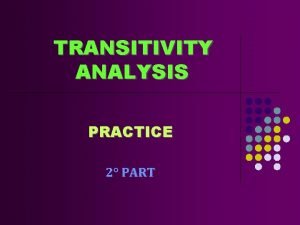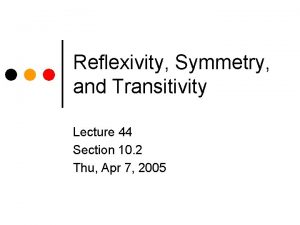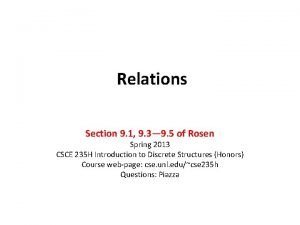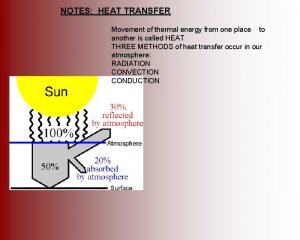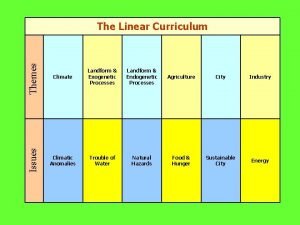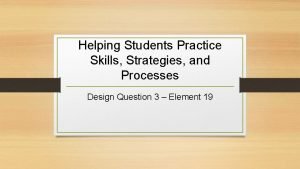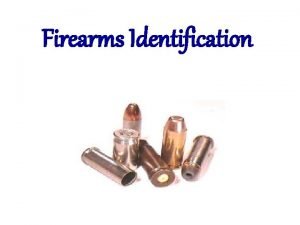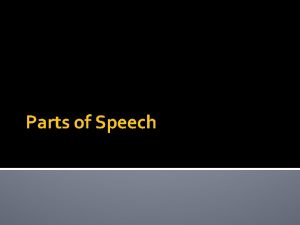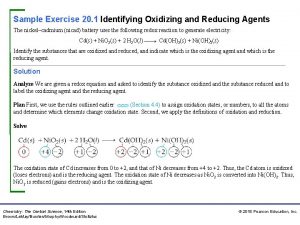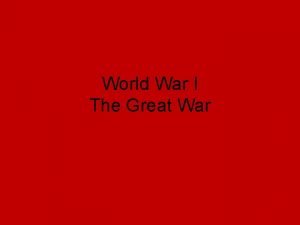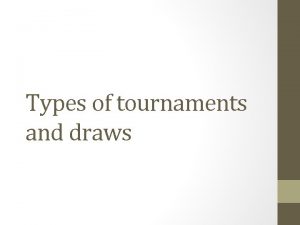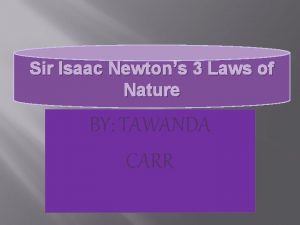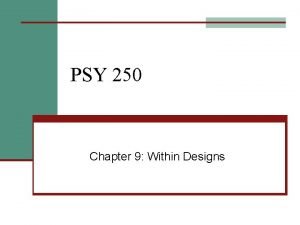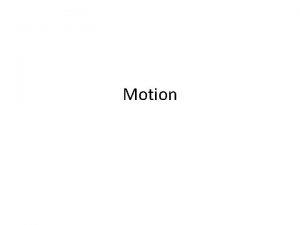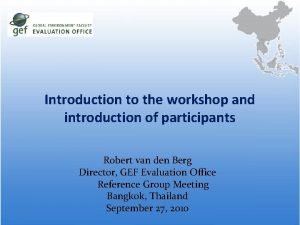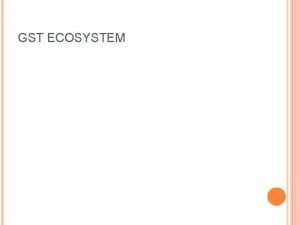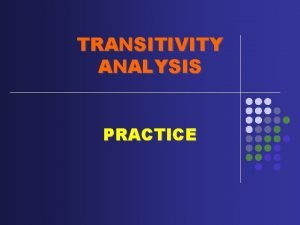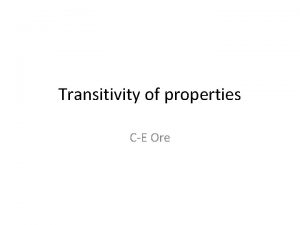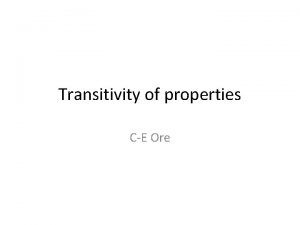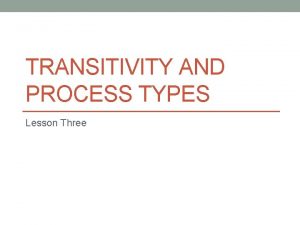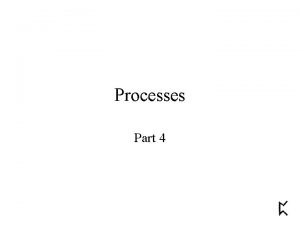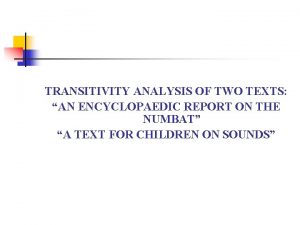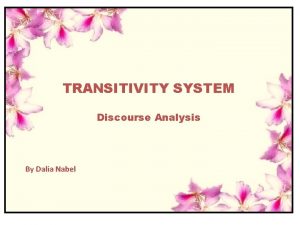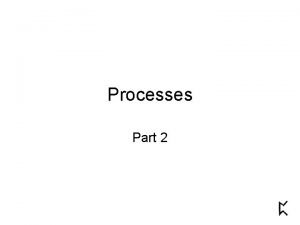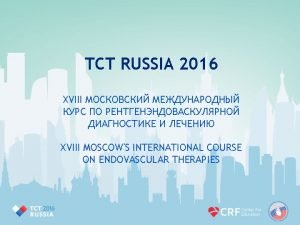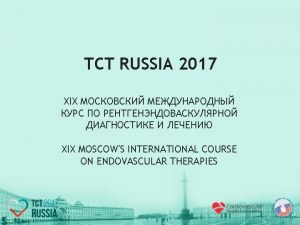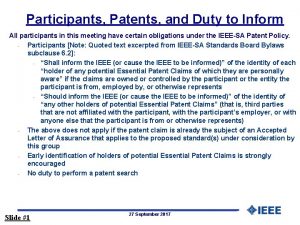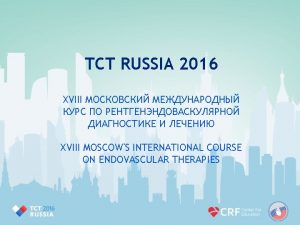TRANSITIVITY ANALYSIS PRACTICE 2 PART Identify processes participants














![Participant/s Carrier: we Attribute: very pleased [[to hear that]]. Behaver: You (not explicitly stated) Participant/s Carrier: we Attribute: very pleased [[to hear that]]. Behaver: You (not explicitly stated)](https://slidetodoc.com/presentation_image_h/bb5ffe93392038bfe30340cc9aaae8ae/image-15.jpg)





![Participant/s Carrier: Process He Attribute: as naked [[as the day he was born]]. is Participant/s Carrier: Process He Attribute: as naked [[as the day he was born]]. is](https://slidetodoc.com/presentation_image_h/bb5ffe93392038bfe30340cc9aaae8ae/image-21.jpg)
- Slides: 21

TRANSITIVITY ANALYSIS PRACTICE 2° PART

Identify processes, participants and circumstances in the following clauses and label the processes as material, mental, relational, verbal, behavioural or existential.

In a first level of analysis, we have identified verbal and mental processes, their participants and circumstances. Now, in a second level of analysis, we are going to analyse the clauses in the locutions, in the case of verbal processes, or in the Metaphenomenon/idea, in the case of mental processes.

They said they could make him the most beautiful suit, with magic cloth that only clever people could see. “What a wonderful suit to have!”

Participant/s Process Type/ Subtype Circumstance Material Effective creative with magic cloth [[that only… could see]]. Category Subcateg Actor: they Goal: the most beautiful suit. . . could see. Beneficiary/ client: him Senser: The Emperor Attribute: “What a wonderful suit” make Manner: means Comment: to have Relational The corres. Attributive ponding Possessive statement could be: “I may have a most wonderful suit”

“I’ll know immediately who is clever and who is stupid in my palace. ”

Participant/s Carrier: who Attribute: clever Carrier: who Attribute: stupid Process Type/ Subtype Relational is Attributive Intensive Circumstance Category Subcateg in my palace Location: spatial

“Oh dear”, he thought, “I hope I can see the magic cloth. ”

Participant/s Senser: I Metaphenomen on/idea: “I can see the magic cloth”. Process Type/ Subtype hope Senser: I Phenomenon: the magic cloth. see Mental (affection) Circumstance Category Subcateg ----------------- Mental (perception) ------------

“Oh, no! I can’t see anything” “What can I say to the Emperor? ”

Participant/s Process Type/ Subtype Circumstance Category Mental -----(perception) ------ Subcateg Senser: I Phenomenon: anything Sayer: I Verbiage: What Receiver: to the Emperor? see say Verbal Comment: which words “What” or stands for: which story

“Well? ”, said one tailor, “Do you like the suit? ” “Oh, it is excellent!”, he said.

Participant/s Process Type/ Subtype Senser: you Phenomenon: the suit Carrier: it Attribute: excellent like is Circumstance Category Mental -----(affection) ------ Relational Attributive intensive ------- Subcateg -------

“We are very pleased to hear that”, said the tailors. “Look”, said the minister.
![Participants Carrier we Attribute very pleased to hear that Behaver You not explicitly stated Participant/s Carrier: we Attribute: very pleased [[to hear that]]. Behaver: You (not explicitly stated)](https://slidetodoc.com/presentation_image_h/bb5ffe93392038bfe30340cc9aaae8ae/image-15.jpg)
Participant/s Carrier: we Attribute: very pleased [[to hear that]]. Behaver: You (not explicitly stated) Process Type/ Subtype are Look Relational Attributive intensive Circumstance Category ------------------ Subcateg Behavioral ------------------mental

“Aren’t the colours lovely? ” “Oh yes, the suit is wonderful, thank you”.

Participant/s Carrier: the colours Attribute: lovely Carrier: the suit Attribute: wonderful Process Type/ Subtype Circumstance Category -------- Aren’t Relational Attributive intensive -------------- is Relational Attributive intensive Subcateg

“The Emperor isn’t wearing any clothes!”, he shouted. “Oh, it’s true”, the people said.

Participant/s Actor: the Emperor Range: any clothes Carrier: Attribute: true Process isn’t wearing it is Process Type/ Subtype Material Middle with Range Circumstance Category ------------- Relational ------Attributive intensive Subcateg -------

“He’s as naked as the day he was born!”
![Participants Carrier Process He Attribute as naked as the day he was born is Participant/s Carrier: Process He Attribute: as naked [[as the day he was born]]. is](https://slidetodoc.com/presentation_image_h/bb5ffe93392038bfe30340cc9aaae8ae/image-21.jpg)
Participant/s Carrier: Process He Attribute: as naked [[as the day he was born]]. is Process Type/ Subtype Circumstance Relational Attributive ------intensive Category Subcateg ------- The modal verbs in the text: can/ can´t/ could are not analysed for Transitivity as they are interpersonal elements, not experiential.
 Participants processes and circumstances
Participants processes and circumstances Experiential metafunction examples
Experiential metafunction examples Transitivity
Transitivity Reflexivity symmetry and transitivity
Reflexivity symmetry and transitivity Transitivity meaning
Transitivity meaning Concurrent in os
Concurrent in os Generic administrative process
Generic administrative process Identify the following processes of transfer of heat.
Identify the following processes of transfer of heat. Exogenetic processes part 2
Exogenetic processes part 2 Helping students practice skills, strategies, and processes
Helping students practice skills, strategies, and processes Write the function of seed
Write the function of seed Extractor marks
Extractor marks Parts of speech pretest
Parts of speech pretest Identifying oxidizing and reducing agents
Identifying oxidizing and reducing agents World war 1 participants
World war 1 participants Ladder tournament advantages and disadvantages
Ladder tournament advantages and disadvantages Teachertech.rice.edu
Teachertech.rice.edu Between measures design
Between measures design Money market participants
Money market participants Http://teachertech.rice.edu/participants/louviere/newton/
Http://teachertech.rice.edu/participants/louviere/newton/ Introduction of the participants
Introduction of the participants Gsp ecosystem
Gsp ecosystem
